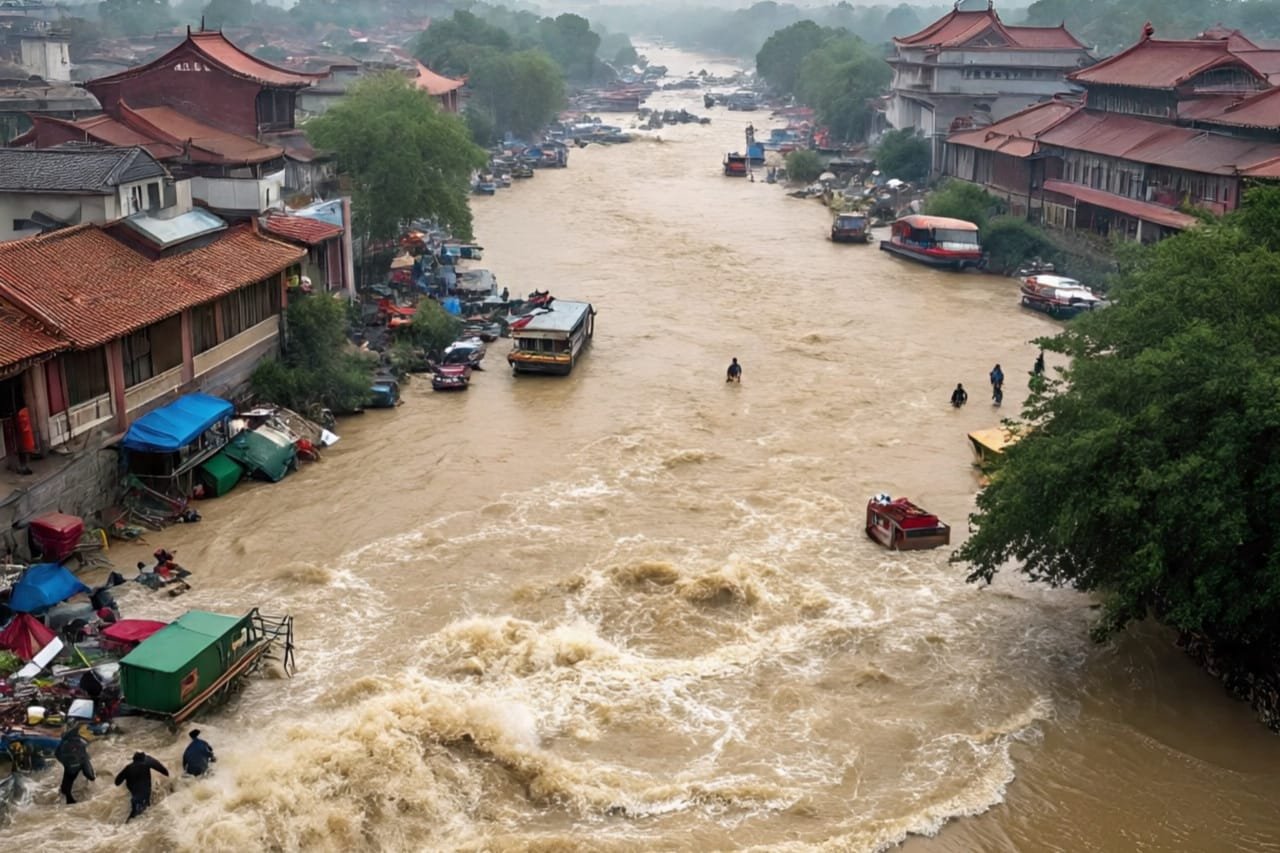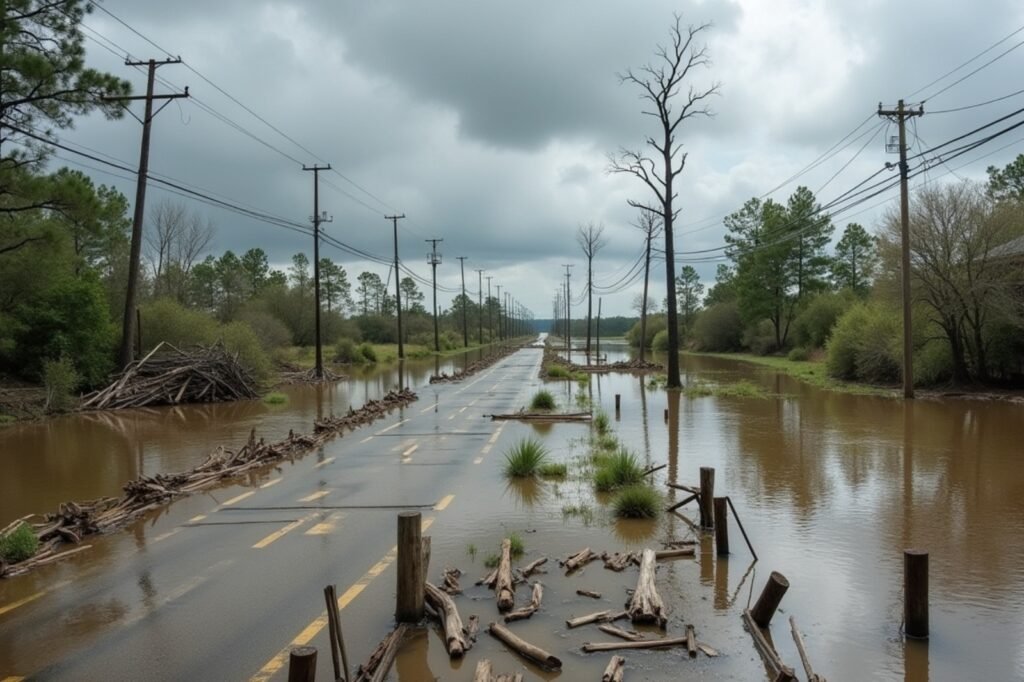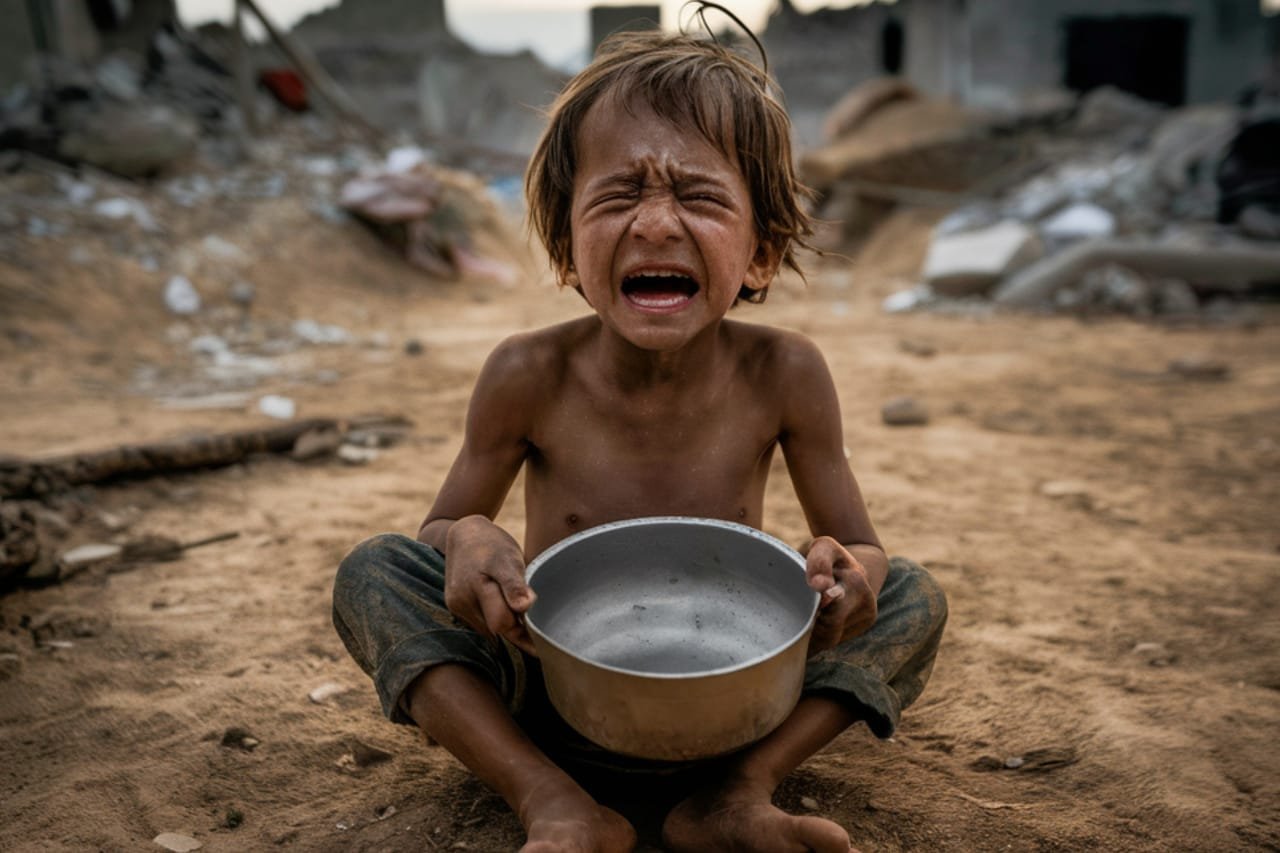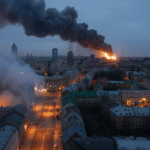- Home
- ScienceDiscover the latest updates from across the United States, including politics, culture, economy, and trending stories. Stay informed on the key events shaping the nation and the topics everyone’s talking about.
- EconomyOur Economy page provides comprehensive reporting on international financial systems, trade dynamics, development economics, and macroeconomic policy. Drawing on expert analysis and institutional data, we illuminate the interconnected nature of global markets and their real-world implications for governance and inequality.
- HealthWe examine global health issues through the lens of policy, access, equity, and innovation. From pandemics and healthcare infrastructure to mental health and biotechnological breakthroughs, our health reporting is rooted in empirical data, expert insight, and a commitment to understanding health as a cornerstone of human development.
- HistoryThis section revisits critical junctures in world history, emphasizing the relevance of historical events in shaping present-day global affairs. Through scholarly narratives and fact-anchored storytelling, we uncover the often-overlooked patterns, power structures, and human decisions that have left a lasting imprint on international relations and societies.
- PoliticsOur Politics section offers in-depth analysis of international political developments, ideological movements, and institutional shifts. With a focus on global governance, diplomacy, and geopolitical strategy, we provide nuanced reporting that transcends partisan narratives and situates events within their broader historical and structural contexts.
- War & ConflictThis section delivers meticulous coverage of international conflicts, civil wars, military strategies, and peace negotiations. We prioritize geopolitical context, long-term impact, and the role of state and non-state actors—eschewing sensationalism in favor of sober, historically informed analysis.
- TechnologyWe critically examine the global technology landscape—from artificial intelligence and cybersecurity to digital policy and ethical innovation. Our reporting focuses not just on what is being built, but why it matters: how technological change influences governance, economy, security, and human life on a planetary scale.
- Features
- Home
- ScienceDiscover the latest updates from across the United States, including politics, culture, economy, and trending stories. Stay informed on the key events shaping the nation and the topics everyone’s talking about.
- EconomyOur Economy page provides comprehensive reporting on international financial systems, trade dynamics, development economics, and macroeconomic policy. Drawing on expert analysis and institutional data, we illuminate the interconnected nature of global markets and their real-world implications for governance and inequality.
- HealthWe examine global health issues through the lens of policy, access, equity, and innovation. From pandemics and healthcare infrastructure to mental health and biotechnological breakthroughs, our health reporting is rooted in empirical data, expert insight, and a commitment to understanding health as a cornerstone of human development.
- HistoryThis section revisits critical junctures in world history, emphasizing the relevance of historical events in shaping present-day global affairs. Through scholarly narratives and fact-anchored storytelling, we uncover the often-overlooked patterns, power structures, and human decisions that have left a lasting imprint on international relations and societies.
- PoliticsOur Politics section offers in-depth analysis of international political developments, ideological movements, and institutional shifts. With a focus on global governance, diplomacy, and geopolitical strategy, we provide nuanced reporting that transcends partisan narratives and situates events within their broader historical and structural contexts.
- War & ConflictThis section delivers meticulous coverage of international conflicts, civil wars, military strategies, and peace negotiations. We prioritize geopolitical context, long-term impact, and the role of state and non-state actors—eschewing sensationalism in favor of sober, historically informed analysis.
- TechnologyWe critically examine the global technology landscape—from artificial intelligence and cybersecurity to digital policy and ethical innovation. Our reporting focuses not just on what is being built, but why it matters: how technological change influences governance, economy, security, and human life on a planetary scale.
- Features
Now Reading: Miyun Flood Crisis: Beijing Faces Mass Evacuation
-
01
Miyun Flood Crisis: Beijing Faces Mass Evacuation
- Home//
- Science//Discover the latest updates from across the United States, including politics, culture, economy, and trending stories. Stay informed on the key events shaping the nation and the topics everyone’s talking about.
- Economy//Our Economy page provides comprehensive reporting on international financial systems, trade dynamics, development economics, and macroeconomic policy. Drawing on expert analysis and institutional data, we illuminate the interconnected nature of global markets and their real-world implications for governance and inequality.
- Health//We examine global health issues through the lens of policy, access, equity, and innovation. From pandemics and healthcare infrastructure to mental health and biotechnological breakthroughs, our health reporting is rooted in empirical data, expert insight, and a commitment to understanding health as a cornerstone of human development.
- History//This section revisits critical junctures in world history, emphasizing the relevance of historical events in shaping present-day global affairs. Through scholarly narratives and fact-anchored storytelling, we uncover the often-overlooked patterns, power structures, and human decisions that have left a lasting imprint on international relations and societies.
- Politics//Our Politics section offers in-depth analysis of international political developments, ideological movements, and institutional shifts. With a focus on global governance, diplomacy, and geopolitical strategy, we provide nuanced reporting that transcends partisan narratives and situates events within their broader historical and structural contexts.
- War & Conflict//This section delivers meticulous coverage of international conflicts, civil wars, military strategies, and peace negotiations. We prioritize geopolitical context, long-term impact, and the role of state and non-state actors—eschewing sensationalism in favor of sober, historically informed analysis.
- Technology//We critically examine the global technology landscape—from artificial intelligence and cybersecurity to digital policy and ethical innovation. Our reporting focuses not just on what is being built, but why it matters: how technological change influences governance, economy, security, and human life on a planetary scale.
- Features//
- Home
- Natural Disaster
- Miyun Flood Crisis: Beijing Faces Mass Evacuation
Miyun Flood Crisis: Beijing Faces Mass Evacuation
Sera KevilNatural DisasterJuly 30, 20259 Views

Beijing saw its heaviest rainfall in memory, with 543.4 mm (21 inches) dropping within just a few days in the Miyun area—nearly a full year’s worth of rain. The rain trap effect—where moist air hits mountainous terrain and is forced upward—amplified the deluge. Rivers and reservoirs overflowed, turning streets into rivers and prompting an immediate evacuation of tens of thousands. Officials say infrastructure simply could not cope. (Reuters)
Human Toll & Evacuation Scale
- Fatalities: Government sources have reported nearly 30 deaths, including 28 in Miyun and 2 in Yanqing, with additional victims emerging from Hebei province. (AP News)
- Evacuations: Authorities relocated more than 80,000 people citywide, with Miyun district alone accounting for roughly 17,000 evacuees. (AP News)
- One dramatic rescue occurred when floodwaters engulfed an elderly care home in Miyun, rising dangerously close to the rooftops. Emergency teams rescued 48 people using ropes and boats. (Reuters)
Public transport, schools, the Forbidden City museum, airports, and outdoor venues were shut down across Beijing. (Reuters)
Crisis Response & Urgent Action
President Xi Jinping called for full-scale rescue missions across severely affected provinces such as Beijing, Jilin, Hebei, and Shandong. Premier Li Qiang confirmed severe impacts and demanded urgent action. (Reuters)
Emergency funds of 550 million yuan (about US $76–77 million) were allocated to repair roads, restore power, and support displaced families. (Reuters)
Meteorological agencies issued warnings for continued heavy rain. Beijing authorities raised flood alerts to the highest level. (Reuters)
MOST RECOMMENDED:
- Why Kamchatka Is Prone to Powerful Earthquakes
- Why South Korea Faced Deadly Floods in July 2025
- Deadly Texas Floods Trigger Historic Emergency
Rain Trap Mechanism
In northern Beijing, especially near the Great Wall, moist monsoon air met the region’s hilly terrain and rose sharply—creating a rain trap. This forced cloud condensation into massive precipitation. Within just a few days, Miyun received 543 mm of rainfall—nearly matching 90% of Beijing’s typical yearly precipitation. (Reuters)
More than 4,400 villagers in one area flooded were evacuated early Monday. As water levels rose and reservoirs released excess flow, over 10,000 more people were evacuated from Beijing’s northern zones. (Reuters)
That reservoir peak reached 6,550 m³/s, stressing local systems well beyond design capacity. (Reuters)
What Fueled Evacuation Decisions
- Sensors showed rising water in villages and trapped terrain.
- Forecast models predicted continued heavy rain; meteorologists warned of over 300 mm in six hours in some zones. (Reuters)
- Rapid reports of power cuts and landslides made evacuation urgent.
- When the flood reached the rooftops of eldercare centers, it became clear that delayed action could result in catastrophic loss of life.
Lessons from the Evacuation
Infrastructure Fragility
Beijing’s storm-water drains, rural roads, and power grid failed under immense pressure. Flooding led to severe damage, with more than 30 roadways destroyed, 136 villages facing power outages, and numerous homes submerged. (Reuters)
Evacuation Sharpens Public Safety
Rapid removal of over 80,000 people likely prevented much higher death tolls. Yet video footage showed drenched vehicles floating, flooded homes, and stranded individuals. (The Washington Post)
Climate Risk Intensifies
Scientists link this extreme event to warming trends. Northern China, traditionally dry, saw record precipitation. This underlines the urgent need for climate adaptation. (Reuters)
Gaps in Communications
Many villagers lost both power and cell service. A resident said:
“The flood came quickly… so quickly and suddenly. In no time at all, the place was filling up.” (The Guardian)
Transparent crisis messaging and backup communication systems remain priorities.
The Bigger Picture Ahead
- Upgrade flood infrastructure: Reservoirs, drains, and rural roads require modernization.
- Strengthen forecasting: Better sensors and earlier alerts can limit casualties and damage.
- Community awareness: Clear evacuation plans and public drills must be routine.
- Policy shift: Flood events linked to climate change demand green infrastructure and adaptation.
- Regional resilience planning: Beijing, Hebei, Tianjin coordination must improve to manage monsoon disruptions.
On-Ground Voices
- A Miyun survivor recalled floodwaters overtaking homes within minutes—no warning, no escape route.
- Rescue workers described chaos as roads collapsed and people clung to rooftops waiting for boats.
These human stories brought an urgent, emotional angle to the crisis—fear, loss, and resilience amid decay.
Key Facts
| Data Point | Value |
| Rainfall in Miyun | ~543.4 mm over several days |
| Estimated annual average (Beijing) | ~600 mm |
| Recorded reservoir flow peak | ~6,550 m³/s |
| Deaths | ~28 in Miyun, 2 in Yanqing, ~4 Hebei |
| Evacuated residents | ~80,000 total; ~17,000 in Miyun |
| Villages without power | ~130–136 |
| Roads damaged | 30+ sections |
This Beijing flood crisis is not just about rain. It exposed systemic failure in drainage, power, and planning—forcing a massive Miyun evacuation. Lessons apply globally: forecast, adapt infrastructure, build warning systems, and train communities. The climate isn’t waiting.





























